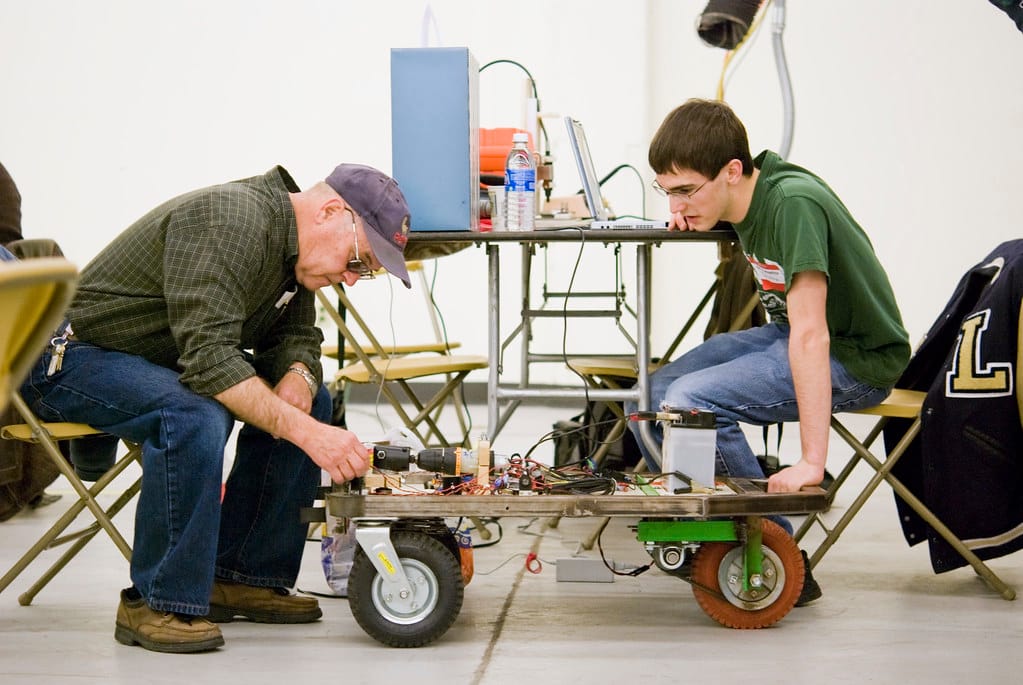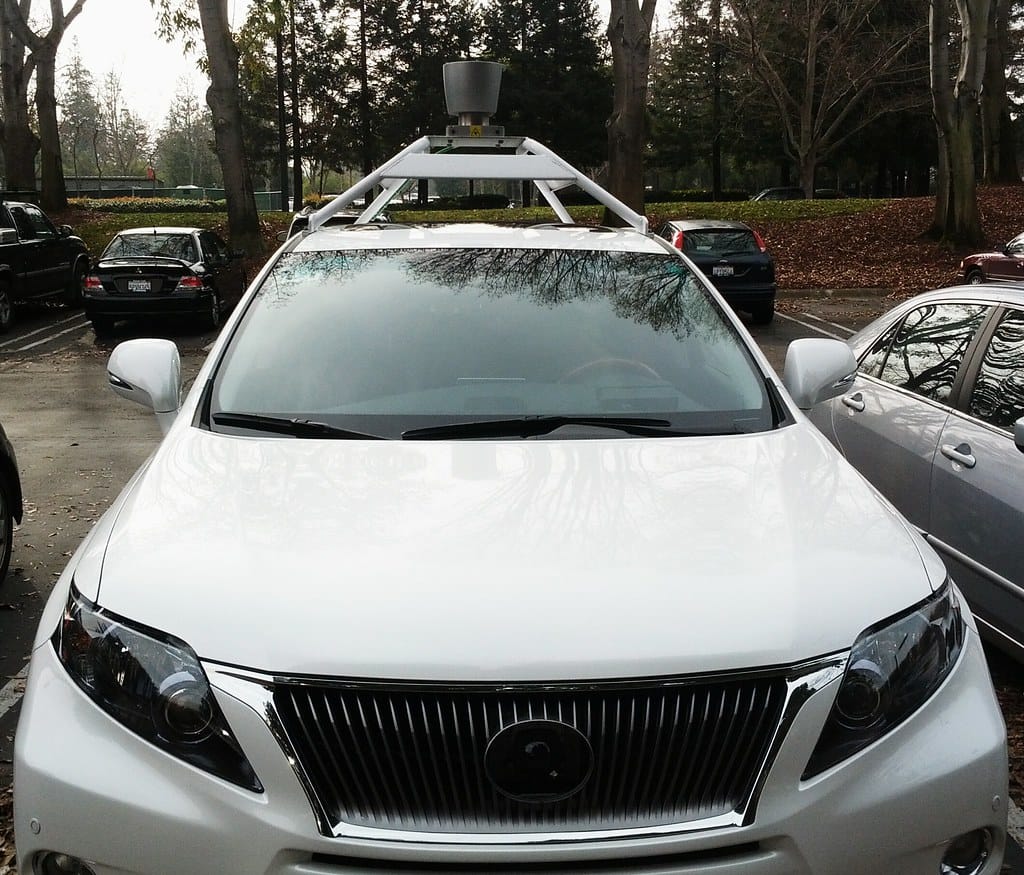Volkswagen's ID Buzz Robotaxi: The Electric Van That Could Transform Urban Mobility
Volkswagen is betting big on the future of autonomous transportation with its latest announcement: the ID Buzz robotaxi is ready for commercial deployment. This isn't just another concept car gathering dust at auto shows—it's a fully-realized autonomous vehicle that cities and companies can actually purchase and deploy on their streets. As urban areas worldwide grapple with traffic congestion and pollution, VW's electric van revival could represent a pivotal moment in the evolution of public transportation.
The Iconic Van Gets a High-Tech Makeover
The ID Buzz represents more than just technological advancement; it's a nostalgic nod to Volkswagen's legendary microbus that defined counterculture transportation in the 1960s. But this modern iteration trades flower power for computing power, packing advanced autonomous driving systems into the familiar, boxy silhouette that made the original van an icon.
Built on Volkswagen's MEB electric platform, the ID Buzz robotaxi features Level 4 autonomous driving capabilities, meaning it can operate without human intervention in most conditions within its designated operational design domain. The vehicle utilizes a sophisticated array of sensors, including LiDAR, cameras, and radar systems, to navigate complex urban environments safely.
Commercial Deployment Strategy
Unlike many automotive manufacturers who are still testing autonomous vehicles in controlled environments, Volkswagen is taking a pragmatic approach to market entry. The company is targeting specific use cases where autonomous vehicles can deliver immediate value: ride-sharing services, corporate shuttles, and public transit applications.
Early pilot programs are already underway in select European cities, with Hamburg, Germany, serving as a key testing ground. These deployments focus on fixed routes and controlled environments, allowing operators to gather real-world data while minimizing risk. The strategy mirrors successful autonomous vehicle rollouts in cities like Phoenix and San Francisco, where gradual expansion has proven more effective than ambitious citywide launches.
Market Positioning and Competition
The autonomous vehicle market is becoming increasingly crowded, with companies like Waymo, Cruise, and Aurora competing for dominance. However, VW's approach with the ID Buzz differentiates itself through its focus on utility and passenger capacity. While many robotaxis are based on traditional sedans, the van format offers significantly more space for passengers and cargo, making it ideal for shared mobility applications.
The timing appears strategic. McKinsey research suggests the autonomous vehicle market could reach $1.3 trillion by 2030, with shared mobility services representing a significant portion of that growth. Cities are increasingly looking for sustainable transportation solutions that can reduce both traffic congestion and carbon emissions—two areas where electric autonomous vehicles excel.
Technical Specifications and Capabilities
The ID Buzz robotaxi boasts impressive specifications that position it competitively in the commercial autonomous vehicle space. With a range of approximately 260 miles on a single charge and the ability to carry up to eight passengers, it addresses two critical concerns for fleet operators: operational efficiency and passenger capacity.
The vehicle's autonomous driving system is powered by advanced AI algorithms that process data from multiple sensors in real-time. This includes the ability to navigate complex urban scenarios, such as construction zones, emergency vehicles, and unpredictable pedestrian behavior—challenges that have historically troubled autonomous vehicle systems.
Challenges and Considerations
Despite the promising technology, several hurdles remain for widespread adoption. Regulatory frameworks for autonomous vehicles vary significantly between jurisdictions, potentially slowing deployment in some markets. Additionally, public acceptance of driverless vehicles continues to be a concern, with surveys showing mixed consumer sentiment about riding in fully autonomous vehicles.
Infrastructure requirements also present challenges. Cities may need to invest in smart traffic systems and dedicated lanes to maximize the effectiveness of autonomous vehicle fleets. The cost of the ID Buzz robotaxi, while not yet publicly disclosed, will likely be substantial, requiring careful financial planning from potential operators.
The Road Ahead
Volkswagen's ID Buzz robotaxi represents a significant step toward the mainstream adoption of autonomous vehicles. By focusing on commercial applications and proven technology rather than futuristic concepts, VW is positioning itself as a practical player in the autonomous vehicle space.
The success of the ID Buzz could influence how other manufacturers approach autonomous vehicle development, potentially accelerating the shift toward electric, self-driving transportation. For cities and companies ready to embrace this technology, the ID Buzz offers a compelling combination of sustainability, efficiency, and nostalgic appeal—proving that sometimes the future looks remarkably like a reimagined past.

